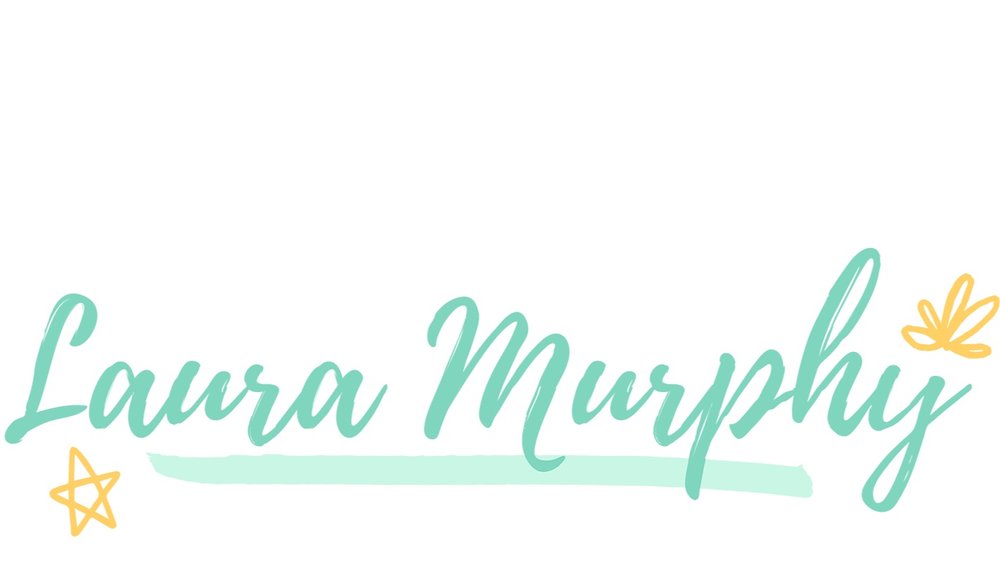Educational philosophy
Students in Ceramics partake in running and maintaining the studio to have a deeper understanding of the artistic process.
Senior students organizing their “Senior Feature” display in the annual Spring Fine Arts Festival.
Color theory and color scheme experimentation in Drawing & Painting 1.
from visual artist to artist educator
In the present day art classroom, it is essential to shift pedagogy to focus on creativity, relevant curriculum, and representation in curriculum. As an art educator I believe that all children are unique and innately creative, and that creativity must be encouraged at the beginning of, and throughout their schooling, especially in the art classroom. Exploration should be at the core of art education, and for this reason, it is important to have clear purposes for teaching that takes place in the visual arts classroom. By encouraging a child to explore their own creative ideas and impulses, the teacher and students together create a foundation of learning that is based on risk, exploration, and imagination, rather than on rules and structures. Enid Zimmerman (2010) is quoted saying “Creativity for visual arts education should be viewed as inclusive, with all students viewed as having abilities to be creative” (Zimmerman, p. 84). In my own art educational experiences, unfortunately, the art classroom and my teachers focused on the product, not my artistic process. The role of the visual arts teacher in the classroom should no longer be to keep students on a linear path to success, but instead to guide students through creative explorations. When this pattern is created early in art education, art can become a useful tool for students in both their schooling and life.
When creativity is at the core of art education, the classroom dynamic shifts to a process, rather than product, oriented curriculum. When considering skills to teach in the classroom, it is important to consider why those skills are being taught, and what the students will gain from the classroom each day. Gone are the days of drawing a still-life for the sake of drawing more accurately by the end of the day. The art classroom is now a place where creative learners and critical thinkers can draw on visual culture, life experience, technology, and history to create work that has meaning to them. In this way, my philosophies align with Kerry Freedman (2003) “…art education is an increasingly important responsibility as the boundaries between education, high culture, and entertainment blur and students increasingly learn from the visual arts” (Freedman, p. 15). The teacher will guide students to find inspiration, question their own opinions and the opinions of others, and understand the purpose of the art they are learning. Having a clear purpose for what you are teaching in the classroom allows students to make meaning in their work and creates a better foundation for choice-based work that is representative of a diverse curriculum.
As the pedagogy of art classrooms shifts to process and creativity, it is also important that we address inclusivity and representation in the classroom. In the traditional, DBAE classroom, we often find ourselves teaching the Western artists, hegemonic perspective, and traditional media. An essential element to my pedagogy is incorporating diverse artists, cultures, and practices of art. In doing this, students are not only feeling represented in the artists that are taught, but can make critical choices about the range of art and media that is shown in the classroom. An essential Freirian belief is quoted by Giroux (2001): “How does one make education meaningful so as to make it critical and, one hopes, emancipatory?” (p. 46). Given the right tools, information, and environment by the teacher, students will better excel both in the classroom and in the world. As an art educator, the combined focus on creativity, relevant curriculum, and a diverse and inclusive curriculum will allow me to create a holistic and intentional classroom environment for my own students.
References:
Freedman, K. (2003). Chapter 1: The Professional Field: Theorizing Visual Culture in Education. in Teaching Visual Culture: Curriculum, Aesthetics, and the Social Life of Art. (p. 1-22).
Giroux, H.A. (2001) Chapter 3: Culture, Power, and the Transformation in the Work of Paul Freire. In Schultz, F. (Ed) Sources: Notable Selections in Art Education. Guilford, CT: Dushkin/McGraw Hill
Zimmerman, E. (2010). Creativity and Art Education: A Personal Journey in Four Acts. Art Education, 63(5), 84–92.



